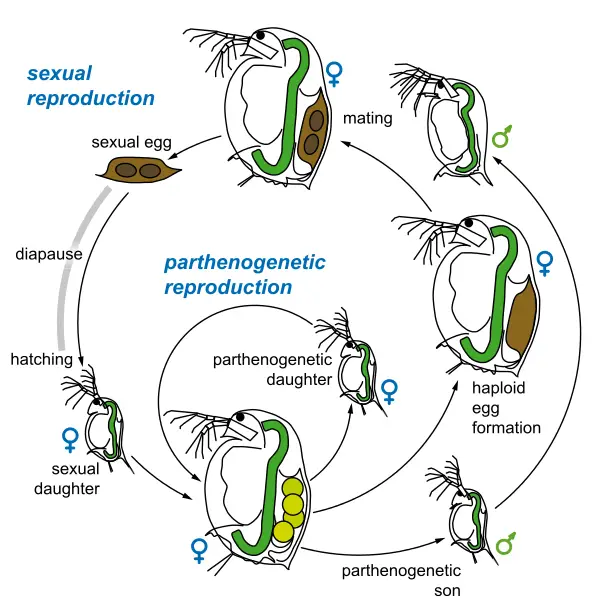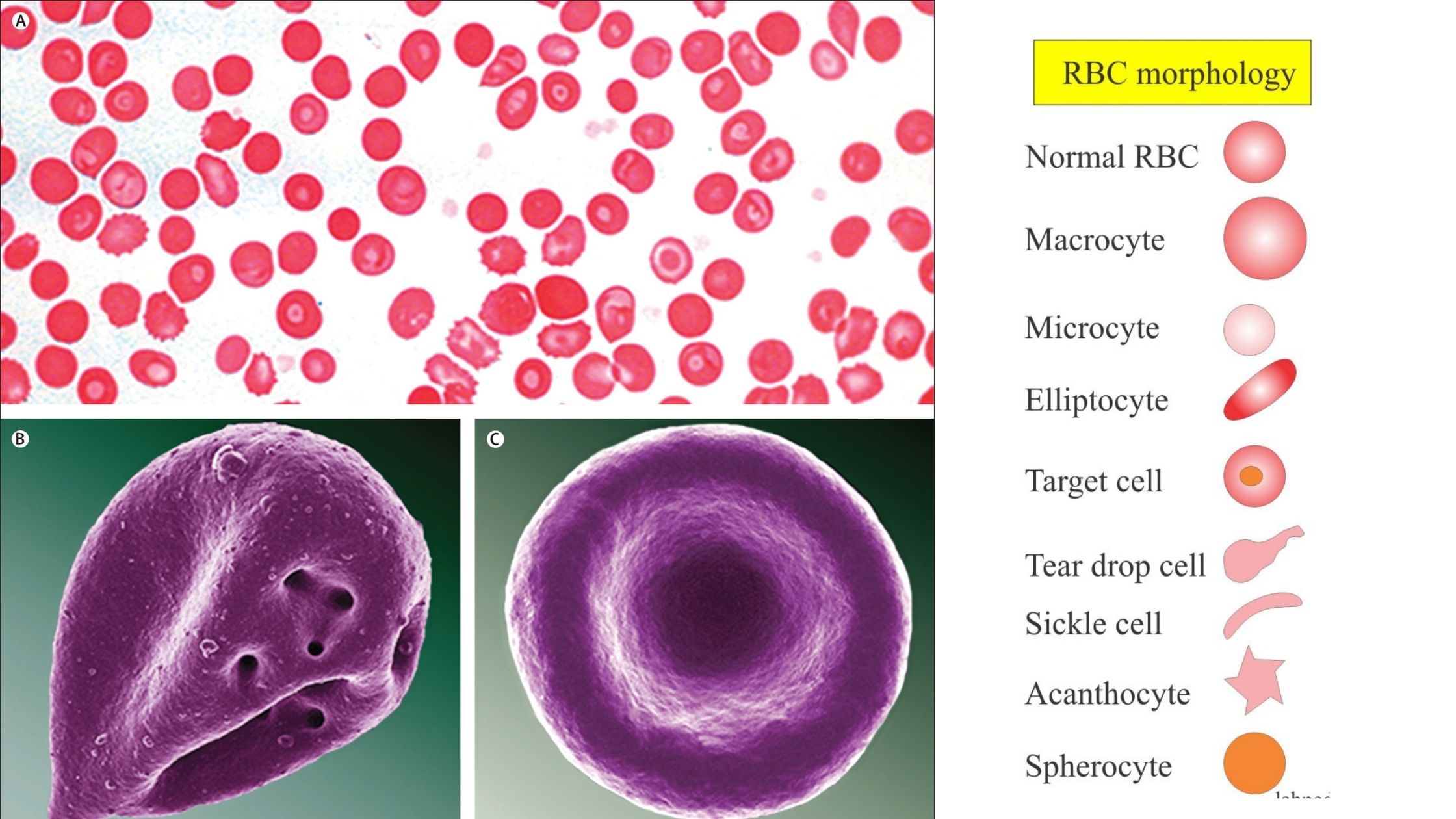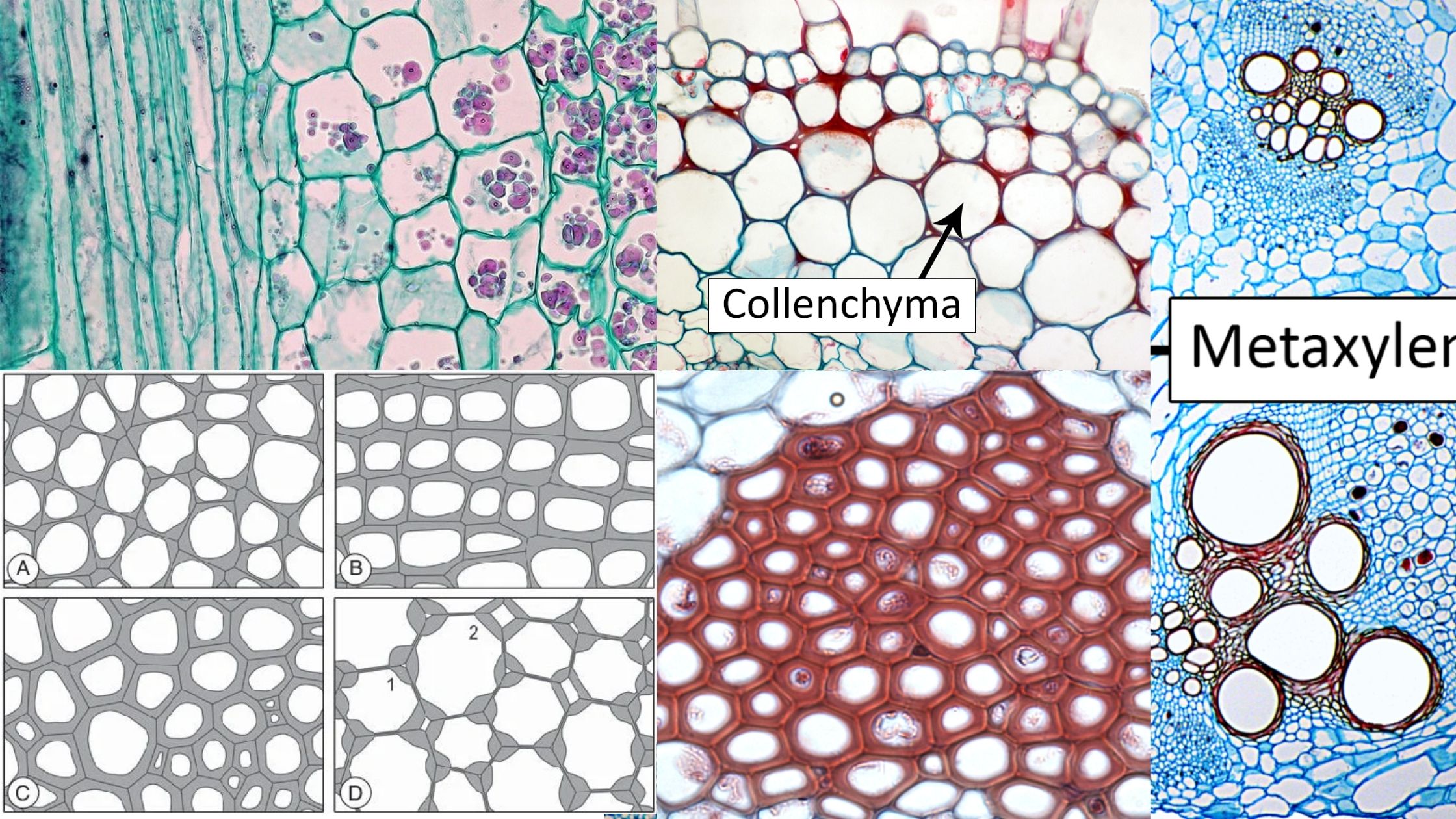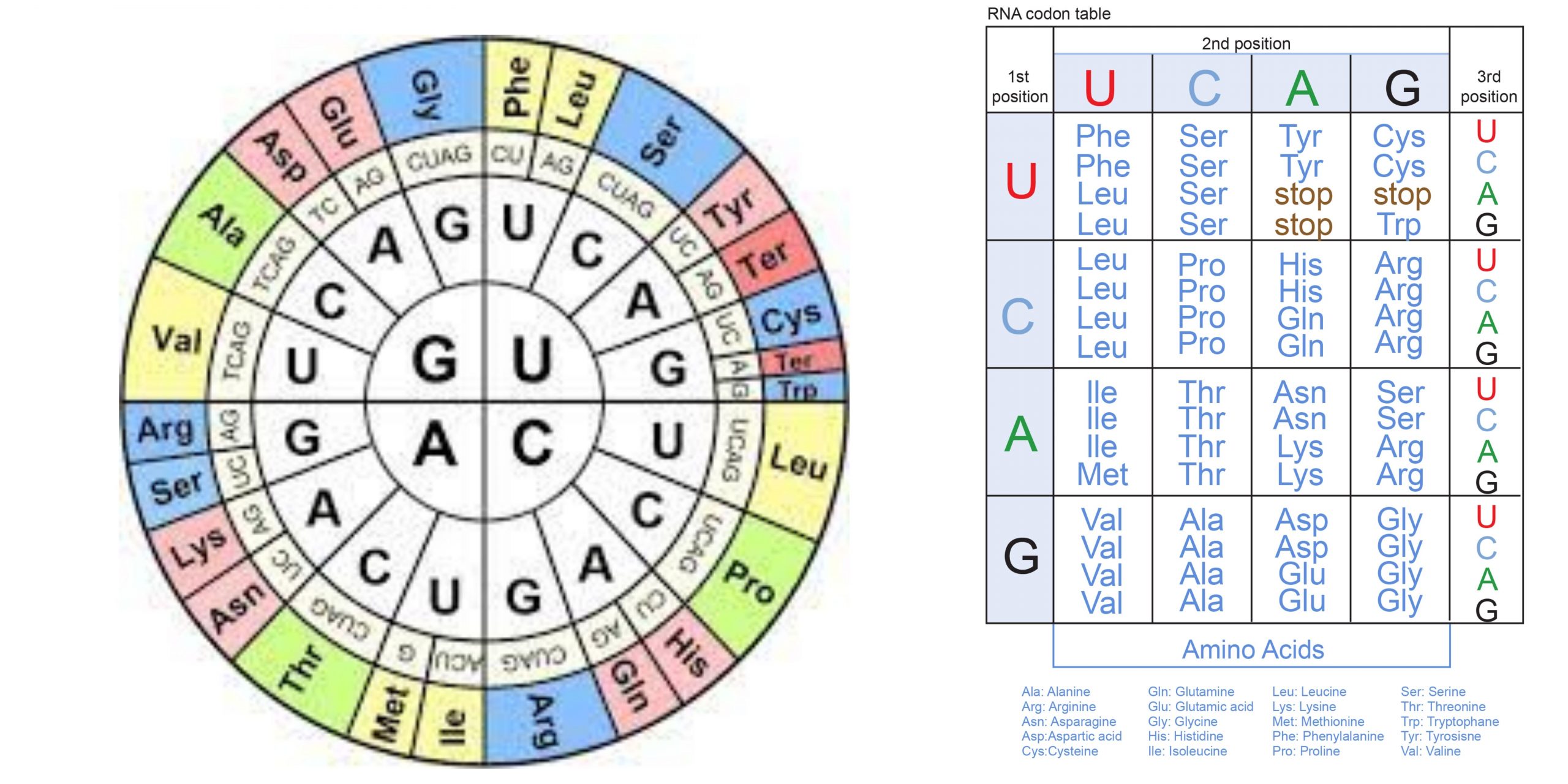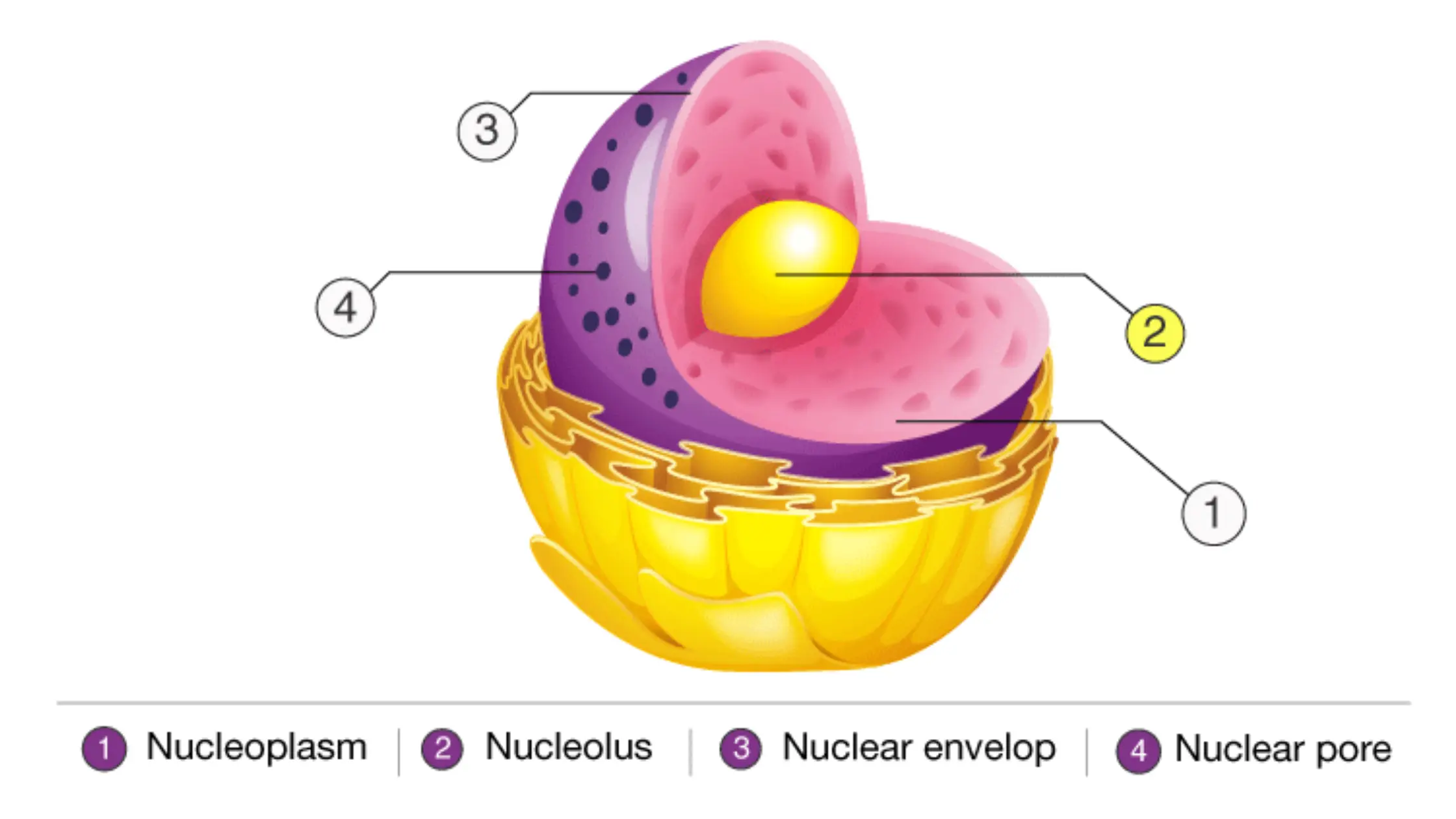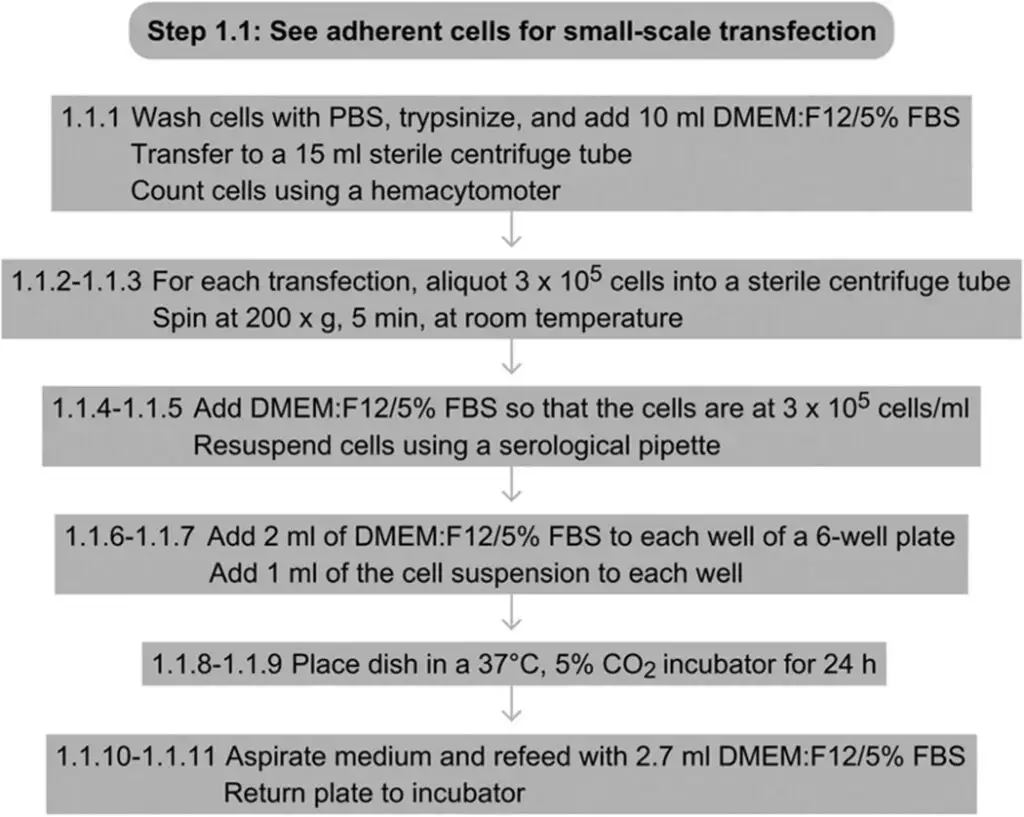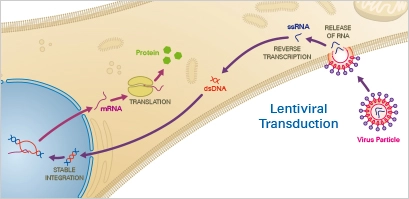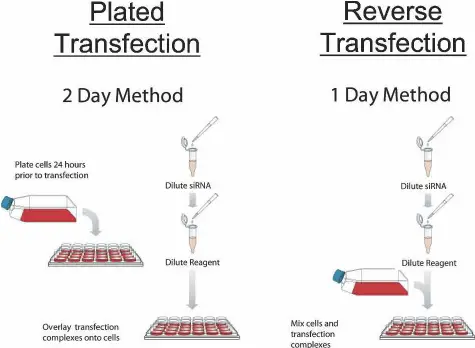Parthenogenesis – Definition, Types
What is parthenogenesis? – Parthenogenesis Definition Natural Parthenogenesis The regular, continuous, and natural occurrence of parthenogenesis in the life cycles of certain animals is known as natural parthenogenesis. There are two types of natural pathogenesis: complete and incomplete. (i) Complete parthenogenesis (ii) Incomplete parthenogensis Complete and incomplete type of natural parthenogenesis The two forms of … Read more
